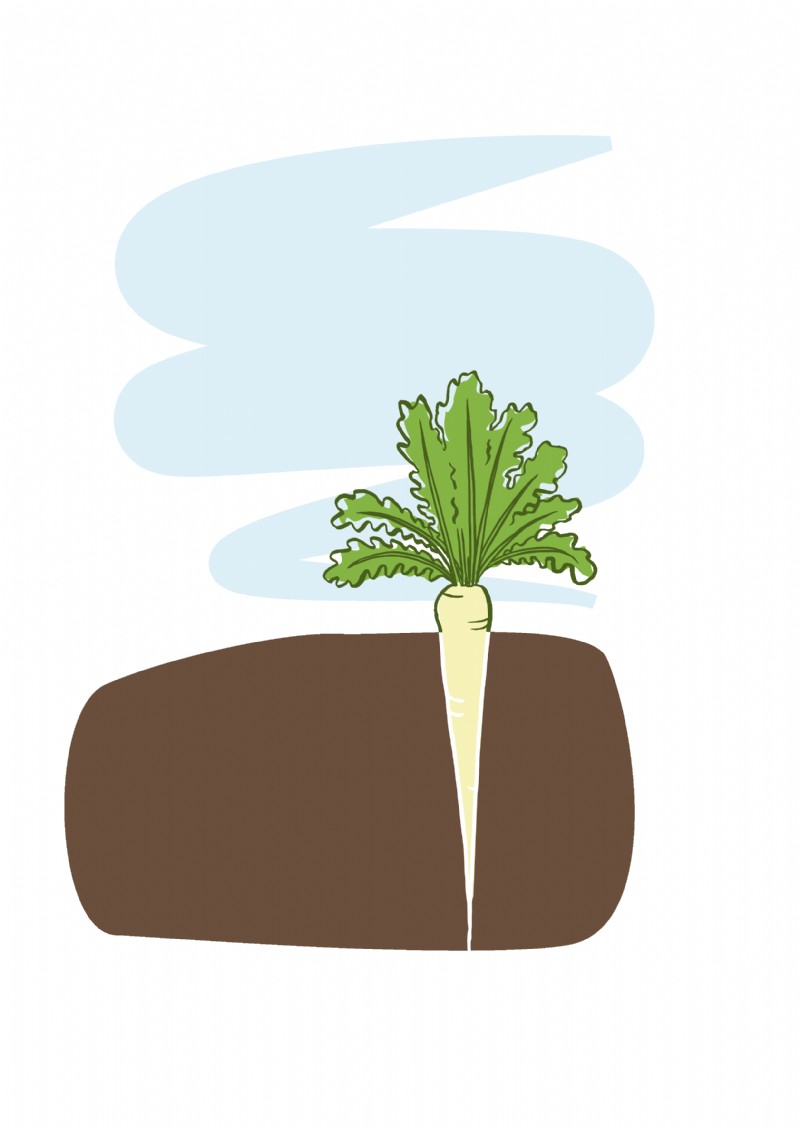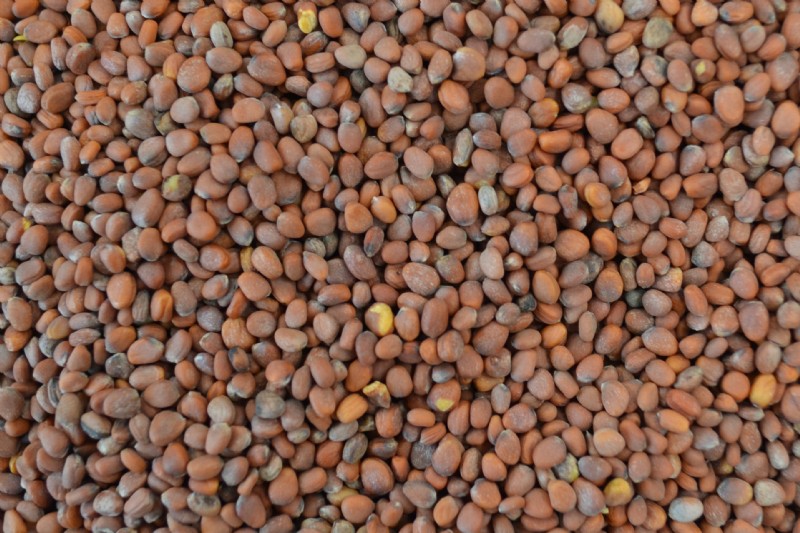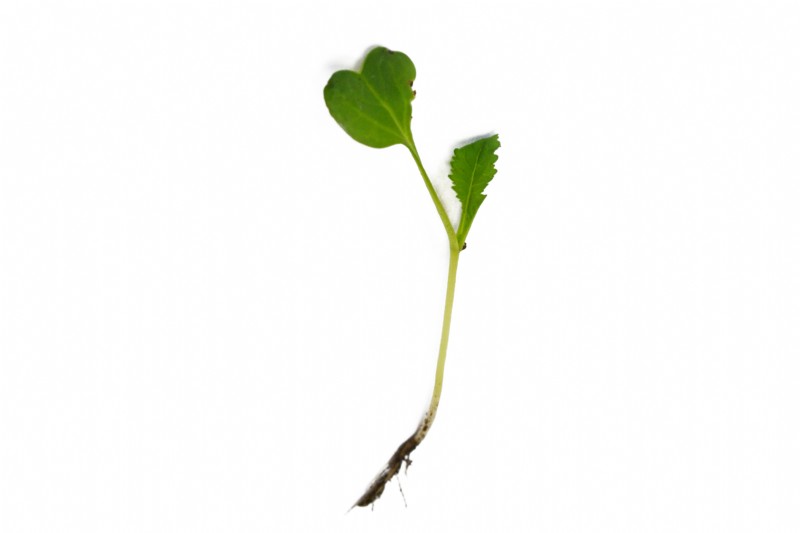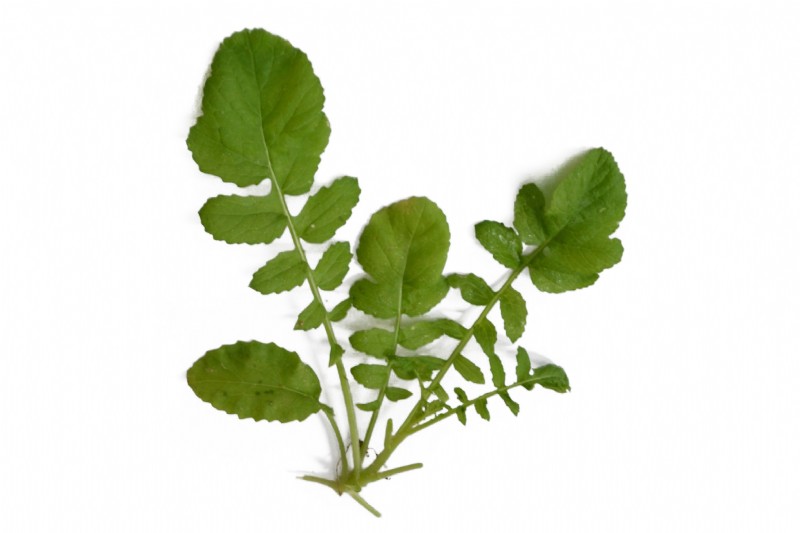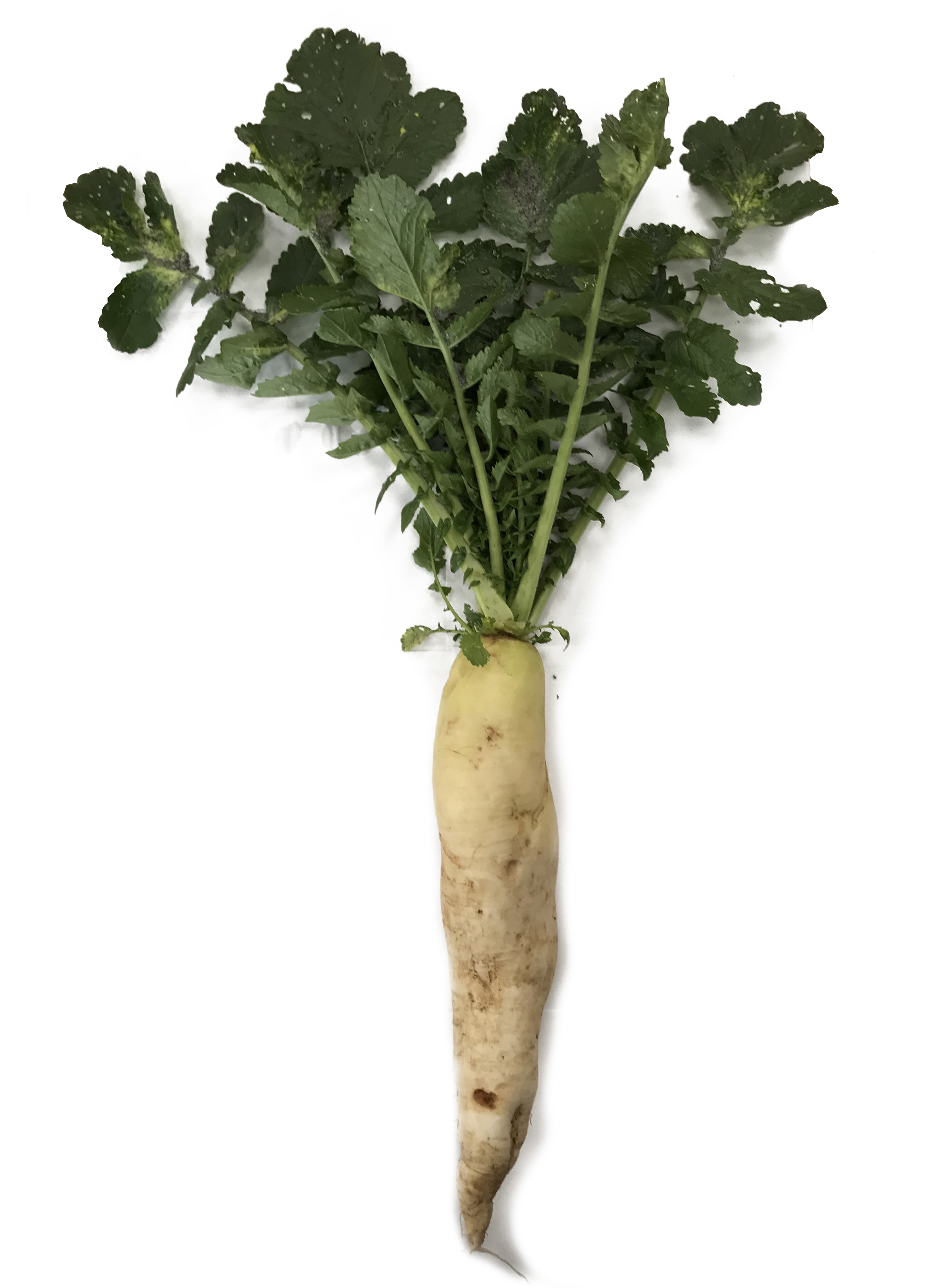Tillage Radish
Tillage radish is a deep rooted brassica, used to improve soil structure. It has a deep rooting ability to break through compacted layers and plough pans, creating better drainage and air movement within the soil. Although originally utilised in the states, it has been used in the Uk for the last several years.
Uses
Soil improvement.
Persistence
This fast growing annual will last through the summer from a spring planting. Late autumn planting should be avoided as little taproot is produced.
Strengths
The tillage radish has a particularly deep tap root, which helps to improve soils structure and drainage by drilling down through heavy soils and compacted layers. This fast growing annual can compete well with weeds, also smothering out emerging weed seedlings as it develops a thick green canopy in warm temperatures.
Frost Tolerance
Not a strictly winter hardy species, several nights of freezing temperatures will normally kill it off, especially forward, leafy crops.
Yield
It produces good levels of both green biomass above ground and root biomass below the ground.
Sowing Rate Advice
3kg per acre / 7.5kg per ha.
This small brassica seed should be broadcast or shallow sown to a fine seedbed. It should be rolled immediately after sowing.
Mixture Sowing Rate Advice
0.25 - 1kg per acre / 0.625 - 2.5kg per ha.
It can be mixed with other fast growing brassicas or annual clovers.
Ideal Sowing Time
Sow from April onwards. This quick growing species will produce a more significant taproot if allowed to grow during the spring and summer when the soils are warm. Be aware that excessively hot weather 6-8 weeks after sowing can cause plants to bolt and go to seed more quickly than normal. If autumn sowing, plant in mid to late August in warm soils to get the most growth before the weather gets cooler in the autumn.
Management
This species is not normally topped unless it is to be incorporated. Tillage radish will suffer from the same disease pressures as other brassicas. It is a hungry species so good soil fertility will encourage strong growth. It can also be affected by and is a potential host for club root. If left over winter it may die away leaving the ground open to weed invasion.
Distinguishing characteristics
Seed
The seed has an angular to oblong, irregular shape. It is maroon to dark crimson in colour, with a dull and matt texture. The seed ranges in size from 3 - 5mm, which is slightly larger than fodder radish.
Flowering Plant
A green to dark green plant, growing from a basal rosette.
True leaves are almost paired or pinnate and deeply lobed, noticeably cutting back into the midrib.
As the plant matures it develops a strong tuberous taproot, possibly lifting the crown of the plant higher away from the soil.
Eventually growing a white radish shaped flower if left to go to seed.
Additional Info
Average seeds per kg - 50,000.
Works well with
Fodder radish and mustard, or annual clovers like berseem, crimson and persian clover.You can find Tillage Radish in the following mixtures
- Summer Green Manure - Early Sown N Fixer
- Winter Cover Crop - Late Sown Winter Cover
- Winter Cover Crop - Late Sown Winter Cover - 70% ORGANIC
- Summer Green Manure - Early Sown N Fixer - 70% Organic
- Multi Species 8 Way Cover Crop (SAM2)
- Multi Species 8 Way Cover Crop (SAM2) 70% Organic
- Vineyard Soil Improving Brassica Mix
- Vineyard Soil Improving Brassica Mix 70% Organic
- Multi Species Cover Crop (SAM2)


